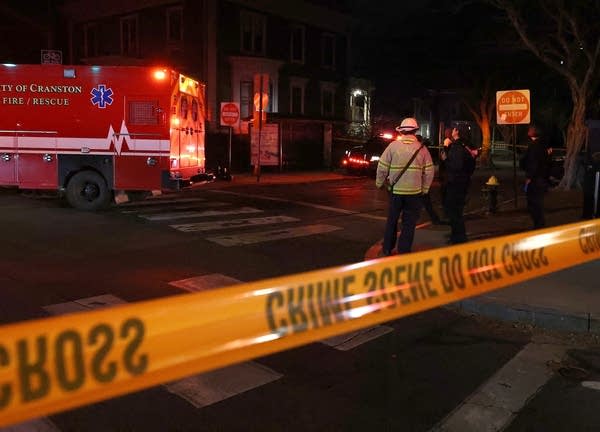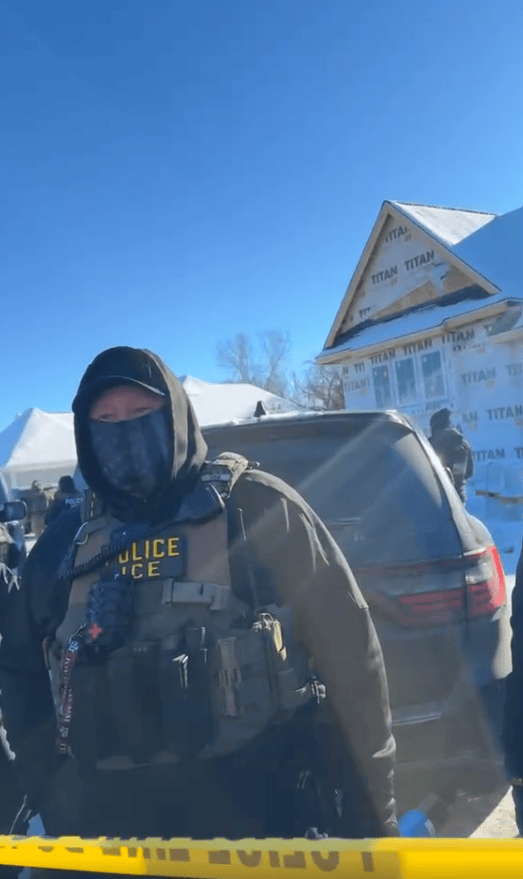(KNSI) – The Minnesota bear hunting season starts on Sunday, September 1st, and the Department of Natural Resources is urging hunters to double check they’re not shooting a radio collared bear or an animal marked for research.
The DNR is tracking 48 black bears equipped with radio collars throughout the state, with a focus on hunting zones 27, 45, and certain no-quota areas. Those areas include Crosby, Perham, Menagha, Pine River, Wadena, Deer River, Blackduck, and Nashwauk. Many of the bears inhabit or are near the Chippewa National Forest, Camp Ripley Military Reserve, Pillsbury State Forest, and the Brainerd/Baxter area, though they also travel beyond these regions.
Although the collars are often concealed by the bear’s fur, especially in fall, and are typically black, the DNR says the large colorful ear tags should be visible in trail camera photos or when the bear approaches bait. Bears with very small ear tags are not collared and may be part of other research projects. All research collars have GPS units that either transmit data via satellite or store it for later retrieval by DNR researchers. The research aims to understand how changes in natural food supplies affect bears in terms of habitat use, physical condition, denning, reproduction, and human interactions. It does not assess hunting mortality, as replacing killed bears through trapping cannot match the value of long-term data on individual bears. Each bear contributes thousands of data points annually.
Bears with very small ear tags are not collared and may be part of other research projects.
While hunters may not always see a radio collar or ear tags, taking a moment to check for the large ear tags will reveal if a bear is collared. Collared bears may also have a small, implanted heart monitor under the skin on the left side of the chest, resembling a small silver capsule. If hunters find this device while skinning a bear, they are asked to return it along with the collar.
Hunters who accidentally shoot a collared or ear-tagged bear should contact the Minnesota DNR Wildlife Research Office in Grand Rapids at 218-328-8879 or 218-328-8874 to report the incident and arrange the return of the collar and heart monitor if applicable.
___
Copyright 2024 Leighton Media. All rights reserved. This material may not be broadcast, published, redistributed, or rewritten, in any way without consent.










